Articles
- Page Path
- HOME > Restor Dent Endod > Volume 34(1); 2009 > Article
- Original Article Iatrogenic chemical burn on facial skin by 37% phosphoric acid etchant
- Jong-Hyun Park1, Hye-Jin Shin2, Se-Hee Park1, Jin-Woo Kim1, Kyung-Mo Cho1
-
2009;34(1):-41.
DOI: https://doi.org/10.5395/JKACD.2009.34.1.038
Published online: January 31, 2009
1Department of Conservative Dentistry, Graduated school, Kangnung National University, Korea.
2Department of Conservative Dentistry, College of Medicine, A-jou University, Korea.
- Corresponding Author: Kyung-Mo Cho. Department of Conservative Dentistry, College of Dentistry, Kangnung National University, Jibyun-Dong, Kangnung City, Kangwon-Do, Korea, 210-702. Tel: 82-33-640-3155, Fax: 82-33-640-3103, drbozon@kangnung.ac.kr
• Received: November 10, 2008 • Revised: December 3, 2008 • Accepted: December 29, 2008
Copyright © 2009 The Korean Academy of Conservative Dentistry
- 3,008 Views
- 54 Download
- 2 Crossref
Tables & Figures
REFERENCES
Citations
Citations to this article as recorded by 

- Cytotoxicity of V-Prep Versus Phosphoric Acid Etchant on Oral Gingival Fibroblasts
Victor Ghoubril, Sylvie Changotade, Didier Lutomski, Joseph Ghoubril, Carole Chakar, Maher Abboud, Louis Hardan, Naji Kharouf, Elie Khoury
Journal of Functional Biomaterials.2022; 13(4): 266. CrossRef - Effects of dental acid etchants in oral epithelial cells
Do-kyeong Kim, Jae-won Kwak, Ryeong-mi Jo, Da-som Jung, Da-young Youn, Na-yeon Oh, Ji-hye Jang
Oral Biology Research.2019; 43(4): 299. CrossRef
Iatrogenic chemical burn on facial skin by 37% phosphoric acid etchant
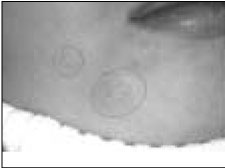
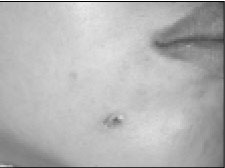
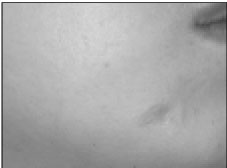
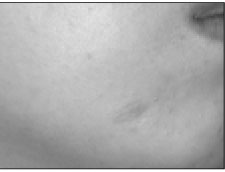
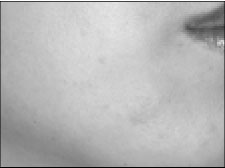
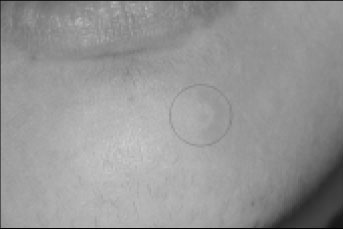
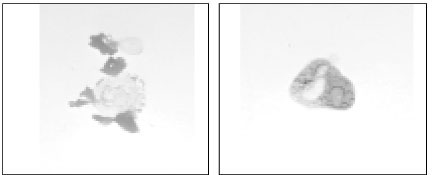
Figure 1
Immediate Post OP. Vesicular and corrosive lesion formation
Figure 2
2 Weeks follow-up Crust formation
Figure 3
1 Month follow-up Depressed scar formation
Figure 4
2 Months follow-up
Figure 5
3 Months follow-up. Decreased scar
Figure 6
Corrosive change on facial skin
Figure 7
Difference appearance after air-blow
Figure 1
Figure 2
Figure 3
Figure 4
Figure 5
Figure 6
Figure 7
Iatrogenic chemical burn on facial skin by 37% phosphoric acid etchant

 KACD
KACD







 ePub Link
ePub Link Cite
Cite

